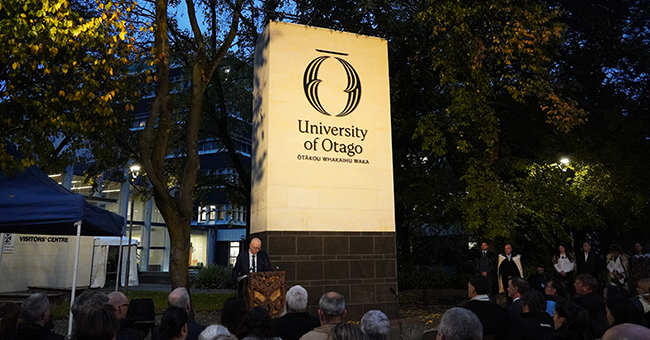The levels of atmospheric aerosols and greenhouse gas emissions will have a significant impact in the future on both the production of photovoltaic energy and associated costs.
That is the conclusion of research by engineers at UNSW who have studied a wide range of climate change models looking ahead 70 years.
In a paper published in the Renewable Energy journal, they conclude that variations in the climate system, depending on whether weak or strong action is taken globally to reduce emissions, will lead to changes in photovoltaic (PV) energy generation.
Their analysis of complex computer simulations, known as Global Climate Models, that represent the physical processes of the climate system and project the climate response to increasing greenhouse gas concentrations and other natural and anthropogenic forcings, indicates that the potential efficiency of PV in Australia – as well as North America and most of Asia – would be reduced due to decreased radiation and increasing temperatures. In contrast, the efficiency in Europe would be increased.
Depending on their type, aerosols in the atmosphere could decrease the amount of solar radiation reaching the surface of the Earth, while solar panels do not actually work efficiently in high temperatures above around 25 degrees Celsius.
Reduced efficiency of PV in the future would therefore increase costs, since more solar panels would be required to generate the same amount of energy.
The UNSW researchers have calculated that the difference in costs could be as high as US$12.4bn per year when comparing a future scenario where little action is taken on greenhouse gas emissions and air pollution, versus a low-emission clean-air “green-growth” roadmap.
Lead author of the paper Alejandra Isaza, a PhD candidate at UNSW working with Associate Professor Merlinde Kay in the School of Photovoltaic and Renewable Energy Engineering, said: “These results aim to contribute to the analysis of future energy storage requirements, help optimise the location of future solar plants, as well as promote the adoption of policies to accelerate the ongoing energy transition and mitigate the climate change impacts.
“All the computer models show that temperature will rise in the future, but the most optimistic scenario which is aligned with good climate policies and the uptake of increased renewable energies is also the one associated with lower future costs.
“In contrast, in the worse-case scenarios we have less favourable PV efficiency, particularly in China, because there are less solar resources due to the increased aerosols in the atmosphere, as well as higher temperatures which also has a negative effect.”
Costs of future energy
The researchers used a Levelised Cost of Energy (LCOE) analysis to predict the price of energy produced by a generating PV plant over the course of its lifetime.
Although the researchers acknowledge this is a relatively simple approach that does not account for all the costs and factors that influence investment decisions, they note it is a commonly used tool to evaluate the cost-effectiveness and feasibility of different energy technologies.
A/Prof. Kay said: “What the work shows is that there’s a range of possibilities and it depends on how we move forward in time as to which one could come to pass in terms of the efficiency of PV generation and therefore the associated costs.
“I think the key thing is for policy-makers and developers to look at the economics and the costs under those range of different scenarios.
“And what we see is that if we keep moving forward developing renewable technologies then we reduce those emissions and also then save quite a bit of money. In contrast, if we are pessimistic and expect there to be less stringent controls on pollution, then that actually costs us more economically.
“We can see that increased aerosols in the atmosphere reduce the efficiency of PV generation, so that is where we would like to see pollution control measures have a real impact. Those aerosols can be naturally produced – such as ash from volcanic eruptions or dust storms like the famous one in Sydney in 2009 – and there is not very much we can do about that.
“But they are also generated by coal-fired power plants, so if we can significantly reduce emissions from that kind of source and move to cleaner forms of energy generation then we get a better environment and we save money in terms of future PV.”
The research also investigated the difference between two different types of PV panels to assess whether one type would be more beneficial under various future climate scenarios.
Analysis was conducted on mono-crystalline silicon (mono-Si) and thin-film modules, with the former being more dominant in the market but more affected in a future warmer climate.
The paper highlights that more work needs to be done focusing on improving the performance of PV cells at high temperatures to ensure they are more resilient to climate change.
Key Facts:
Study from UNSW Sydney shows how reducing greenhouse gases and aerosols in the atmosphere will make solar panels more efficient and therefore save the global economy money over the next 70 years.








